Reportar esta entrada
Más sobre la misma comunidad-colección
Biblioteca Principal desde el exterior
This new building is in El Paso, Texas. This picture from 2008 ...
Gafas frente a Nueva Biblioteca Principal
These large glasses were installed in front of the new main ...
Dentro de Biblioteca Principal
This picture was taken inside the new Main Library on Cleveland ...
Centro Cívico, El Paso, Texas en 2002
The colorful cylinders in the picture were part of the civic ...
Accesorios de iluminación fuera de la Teatro Chávez
This picture from 2008 shows the light fixtures which were ...
City Scape con Ayuntamiento antihuo
This photograph from 2012 shows parts of El Paso's city scape ...
Vista en primer plano de Ayuntamiento antiguo
This picture from the Thanksgiving Day in 2008 shows the old ...
Vista en primer plano Chávez Teatro
This picture was taken in 2008. It shows the uniquely designed ...
Theatro Chavez en 2008 - El Paso, Texas
The image shows the Abraham Chavez Theater in 2008. It is ...
Asarco como se ve desde el campus de UTEP
Asarco from UTEP campus November 1982 From a Kodachrome slide ...

















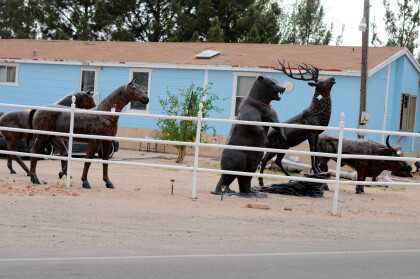
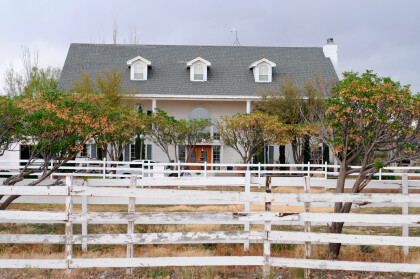
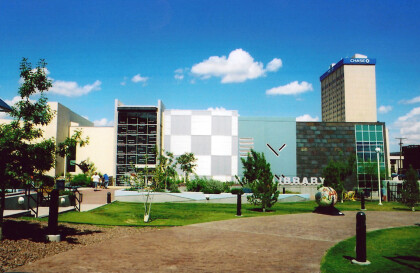
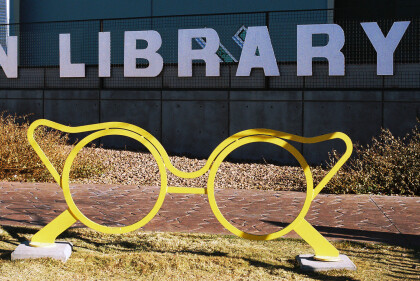


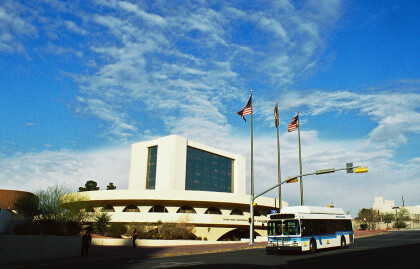
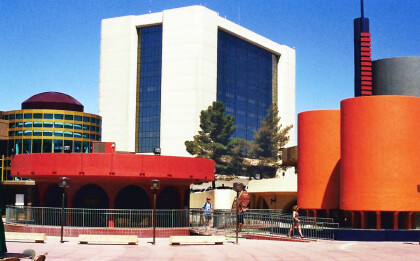
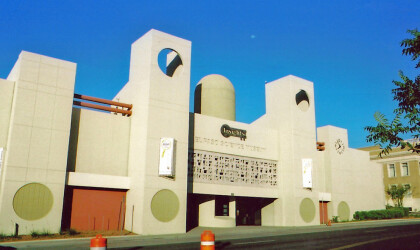
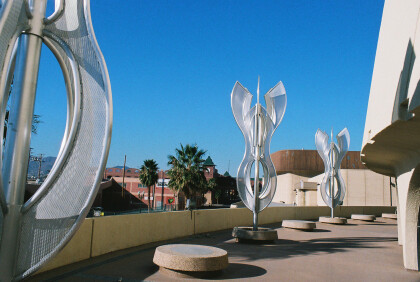
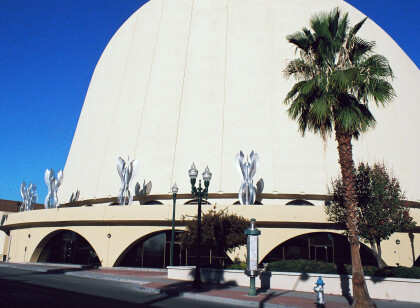
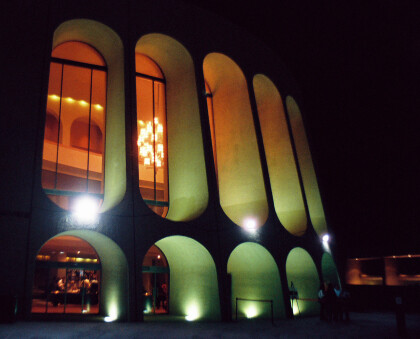
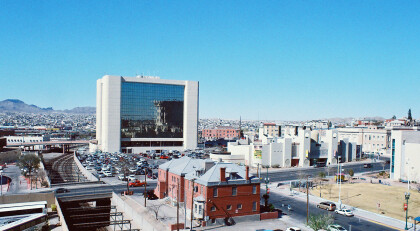
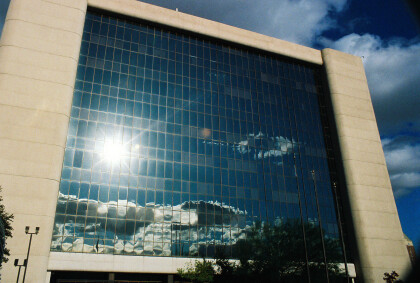
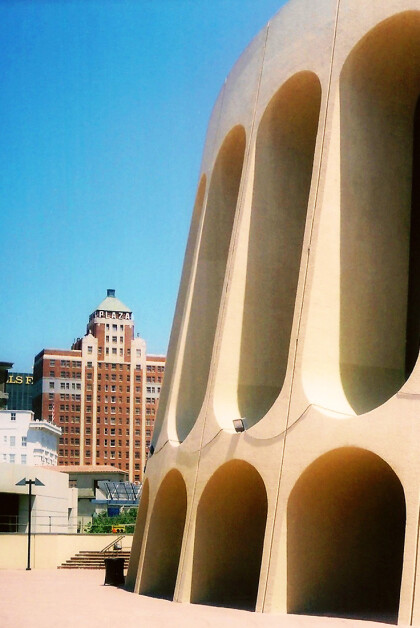
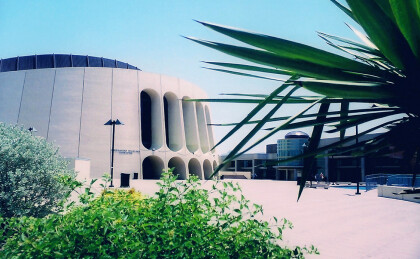
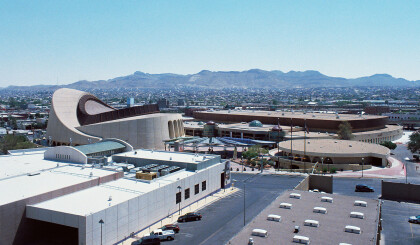
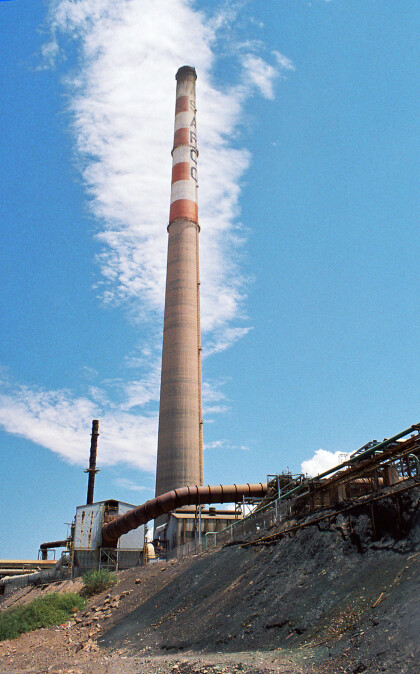
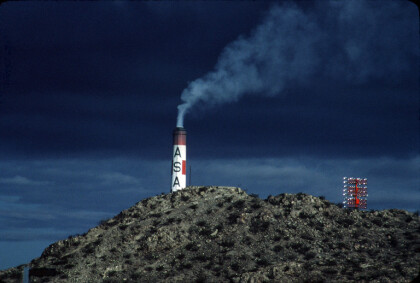
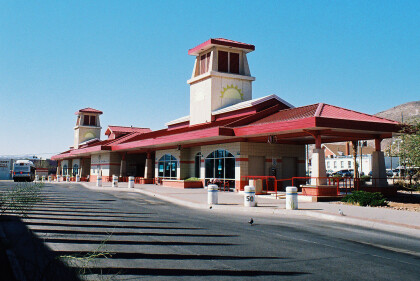
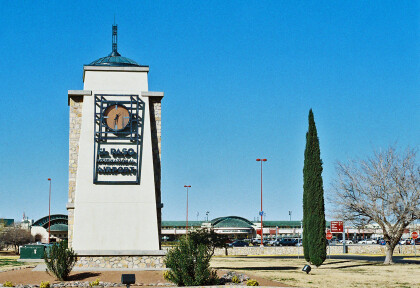
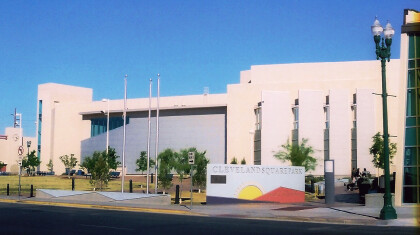
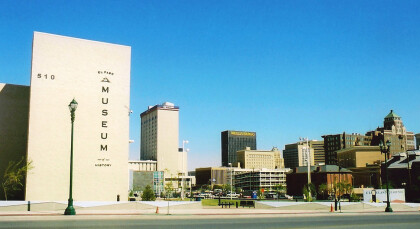
Comentarios
Hacer un comentario